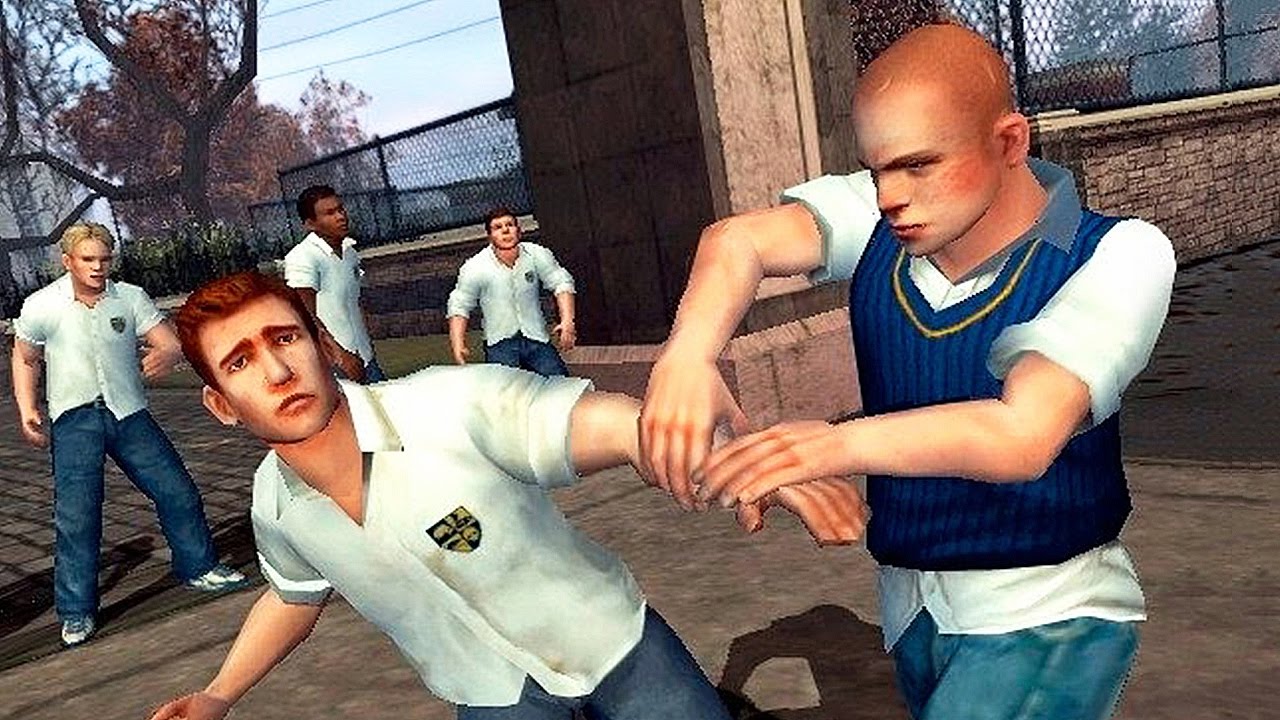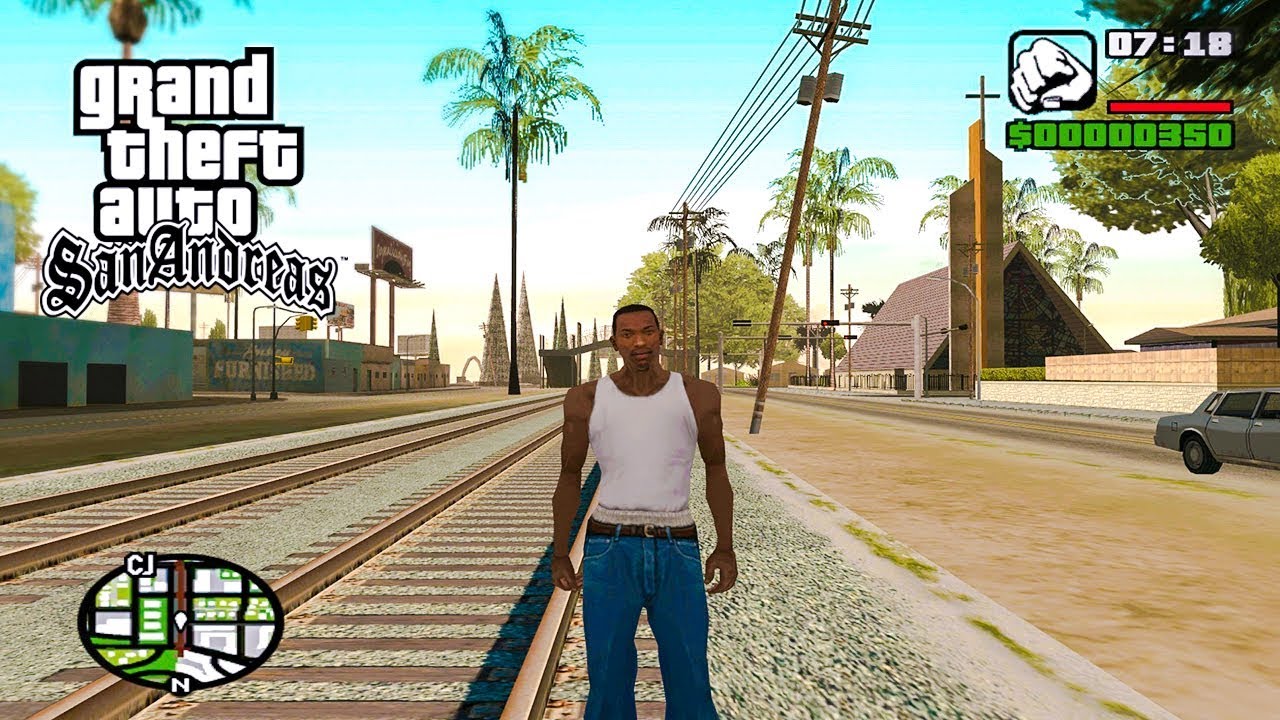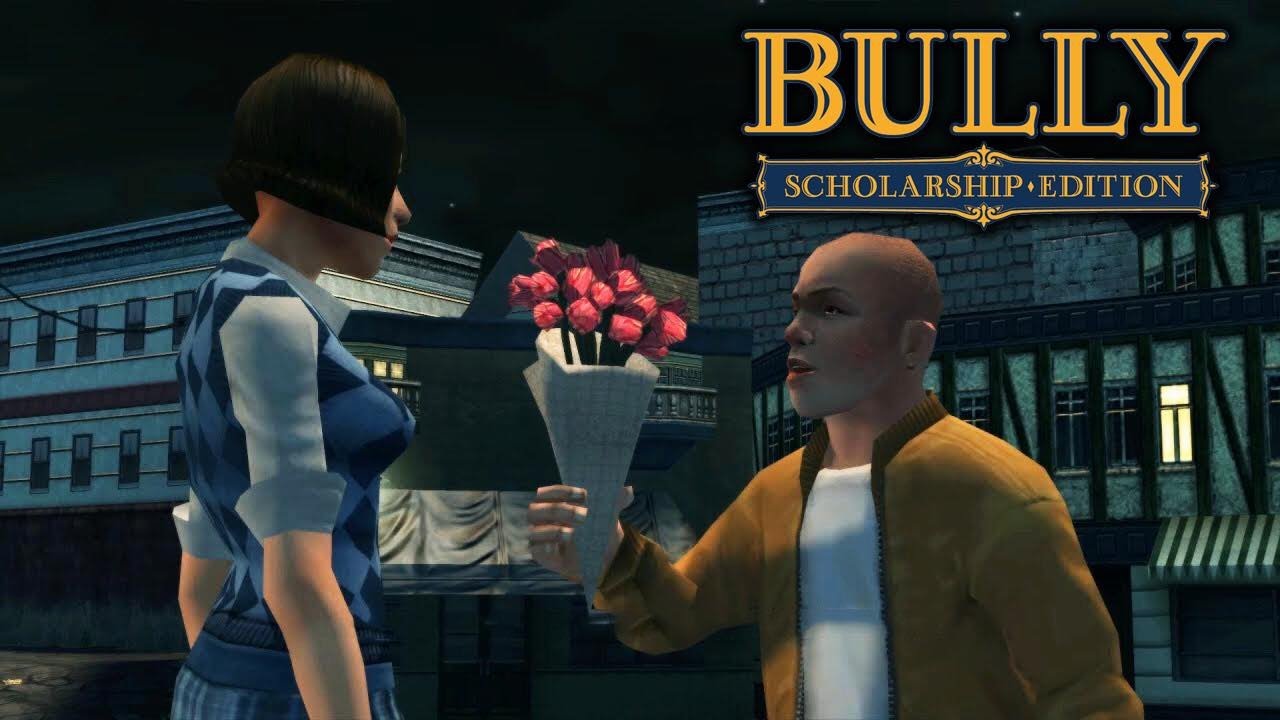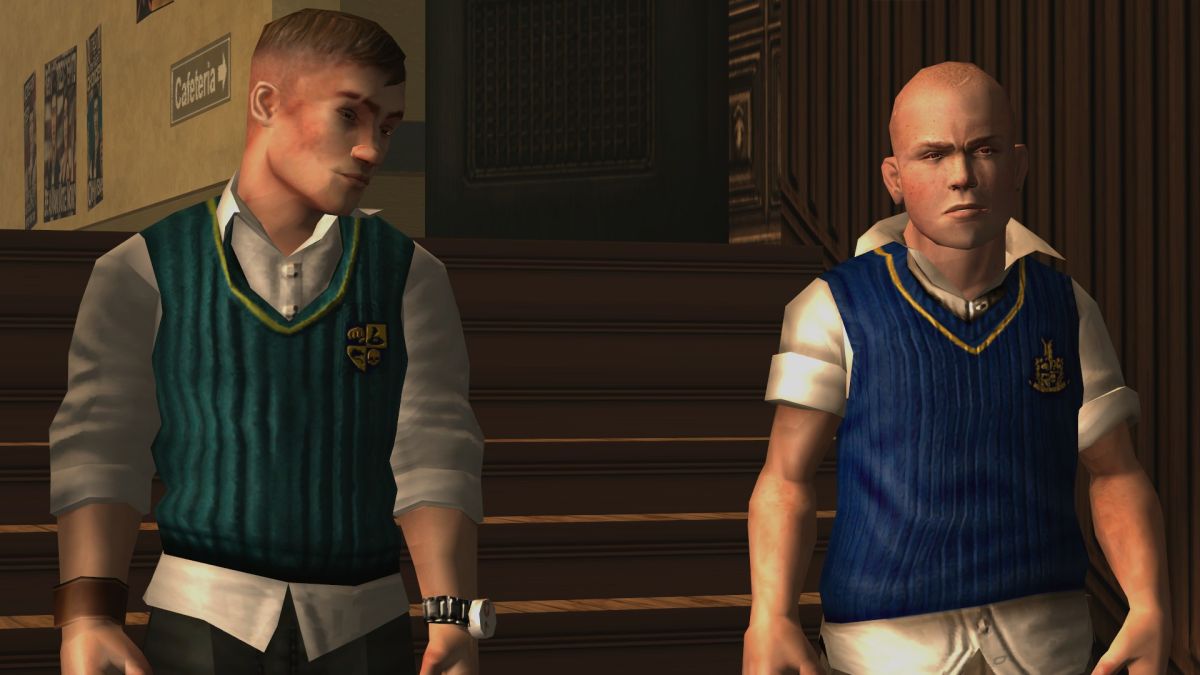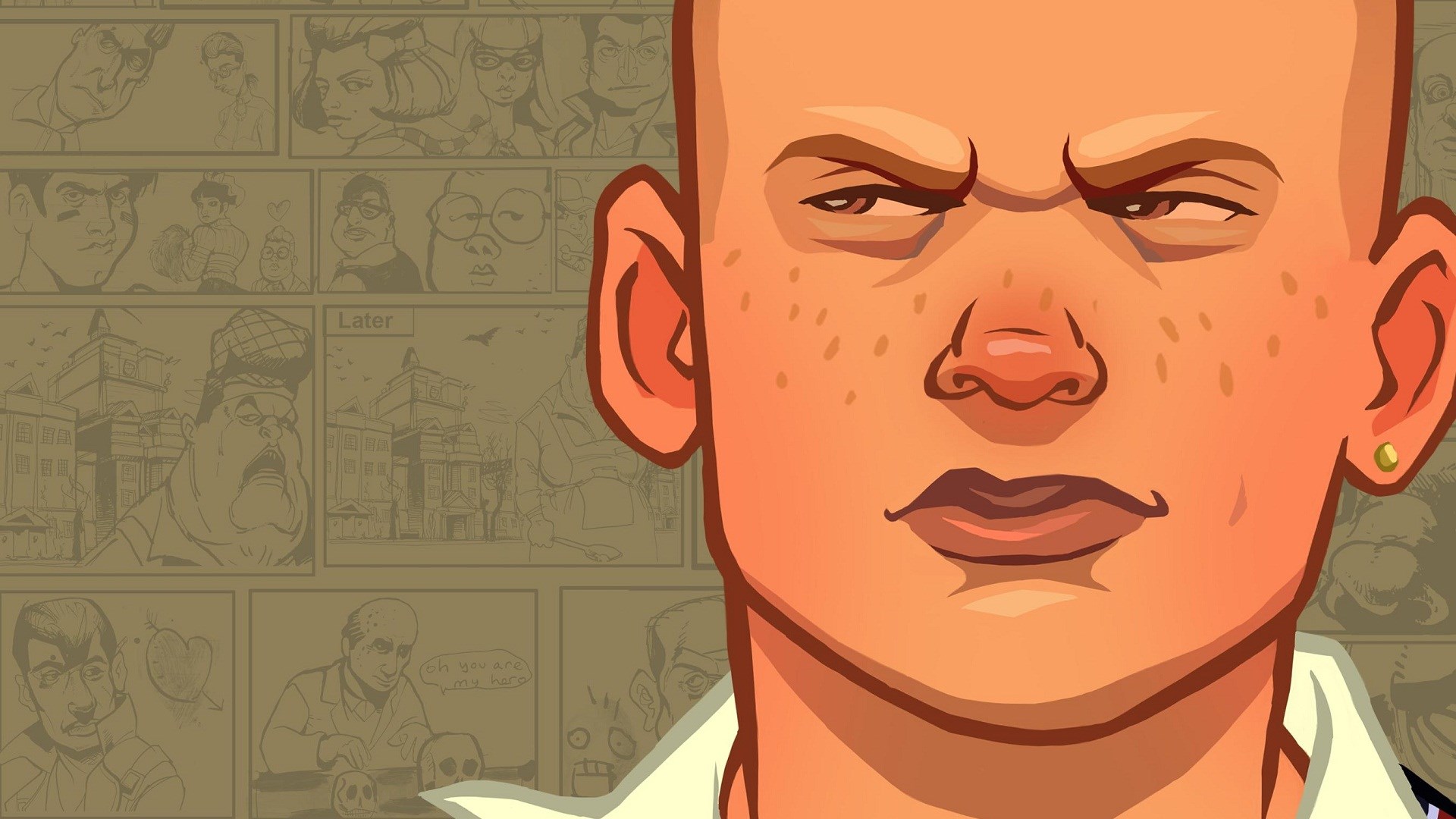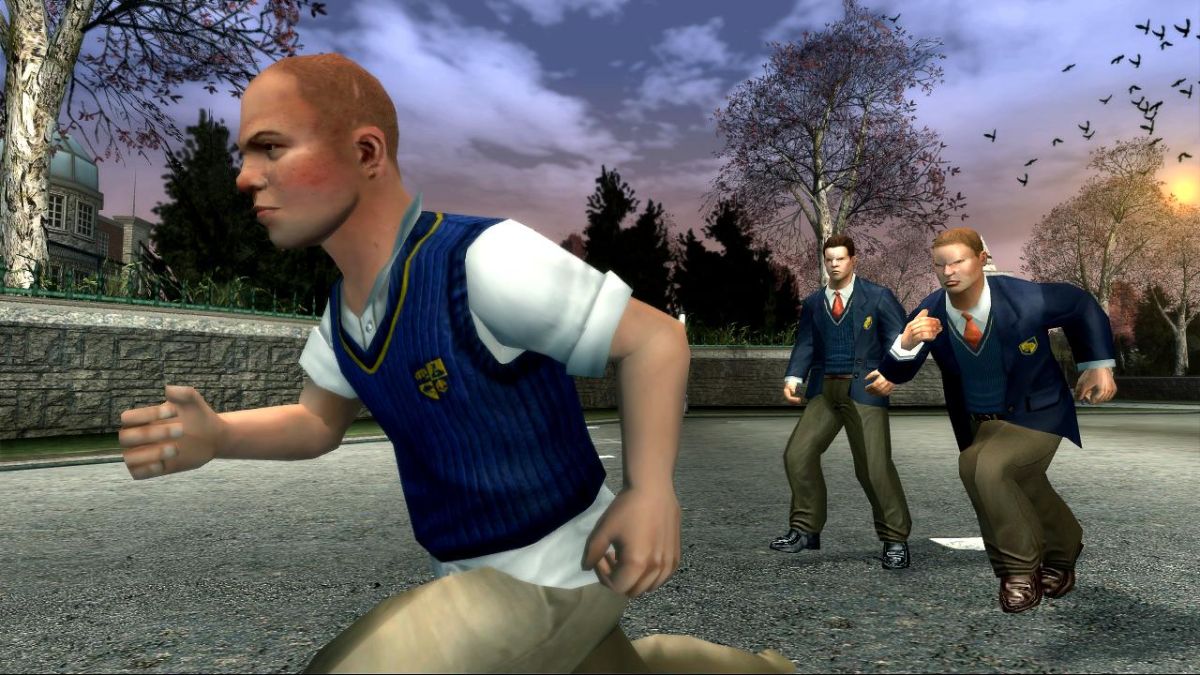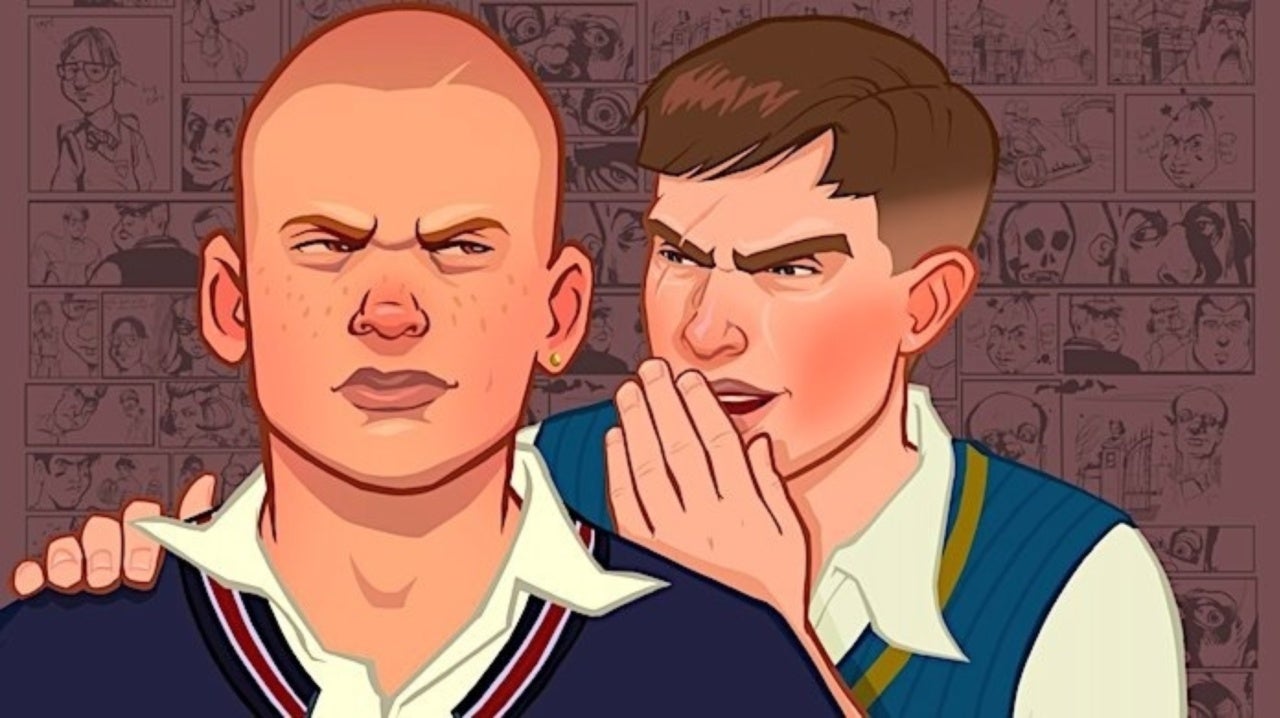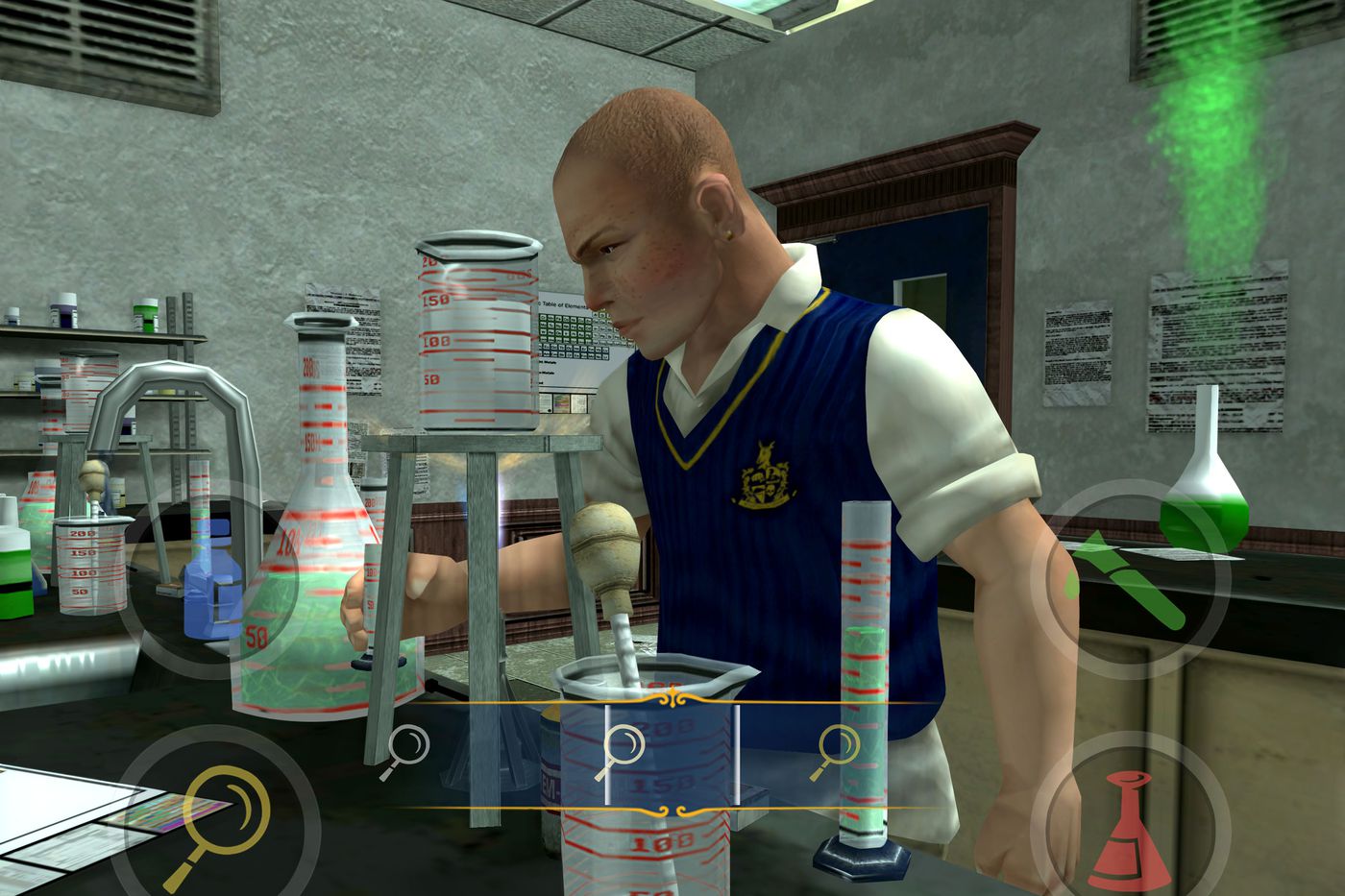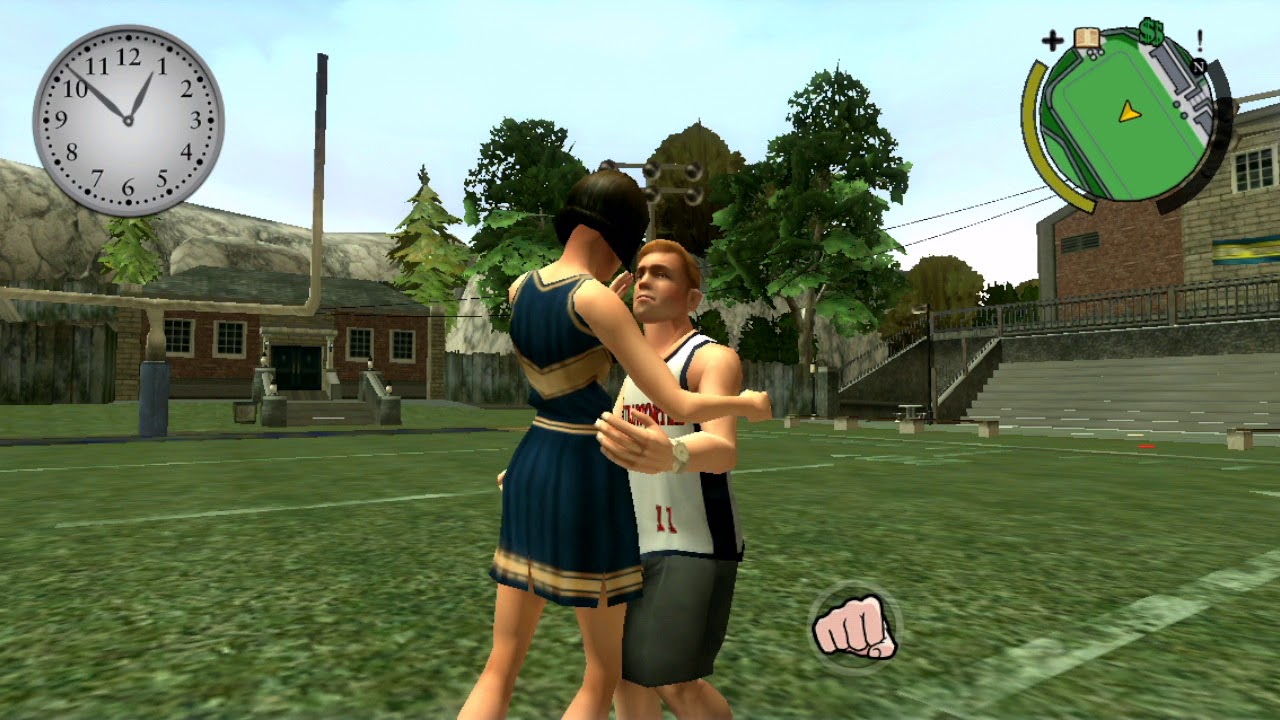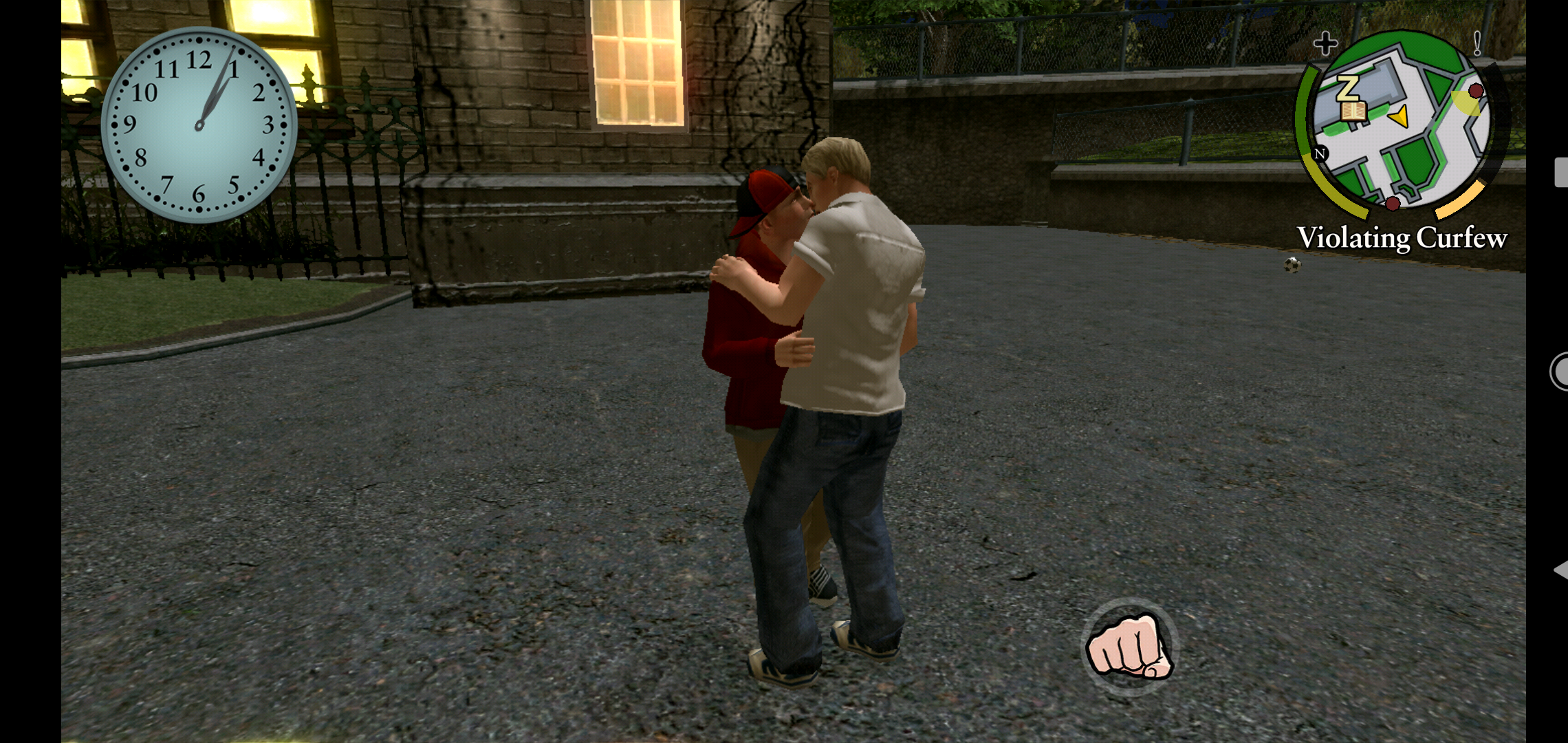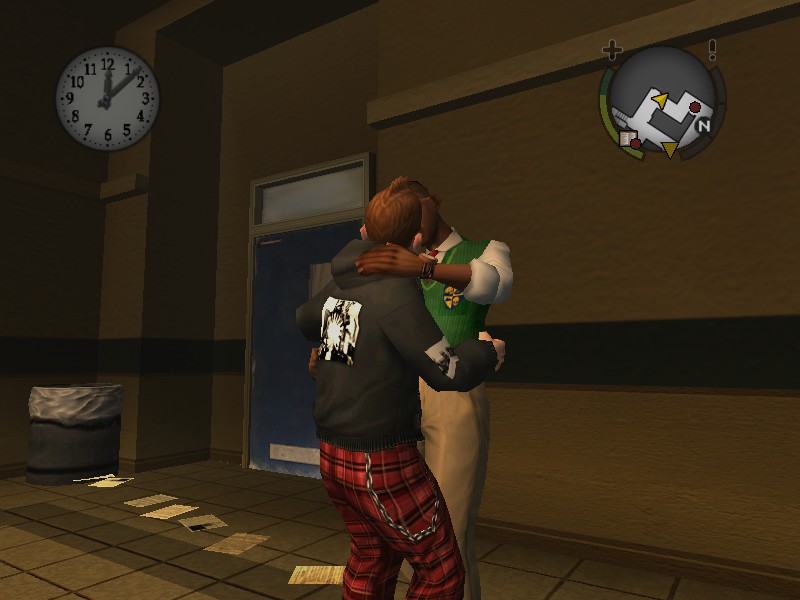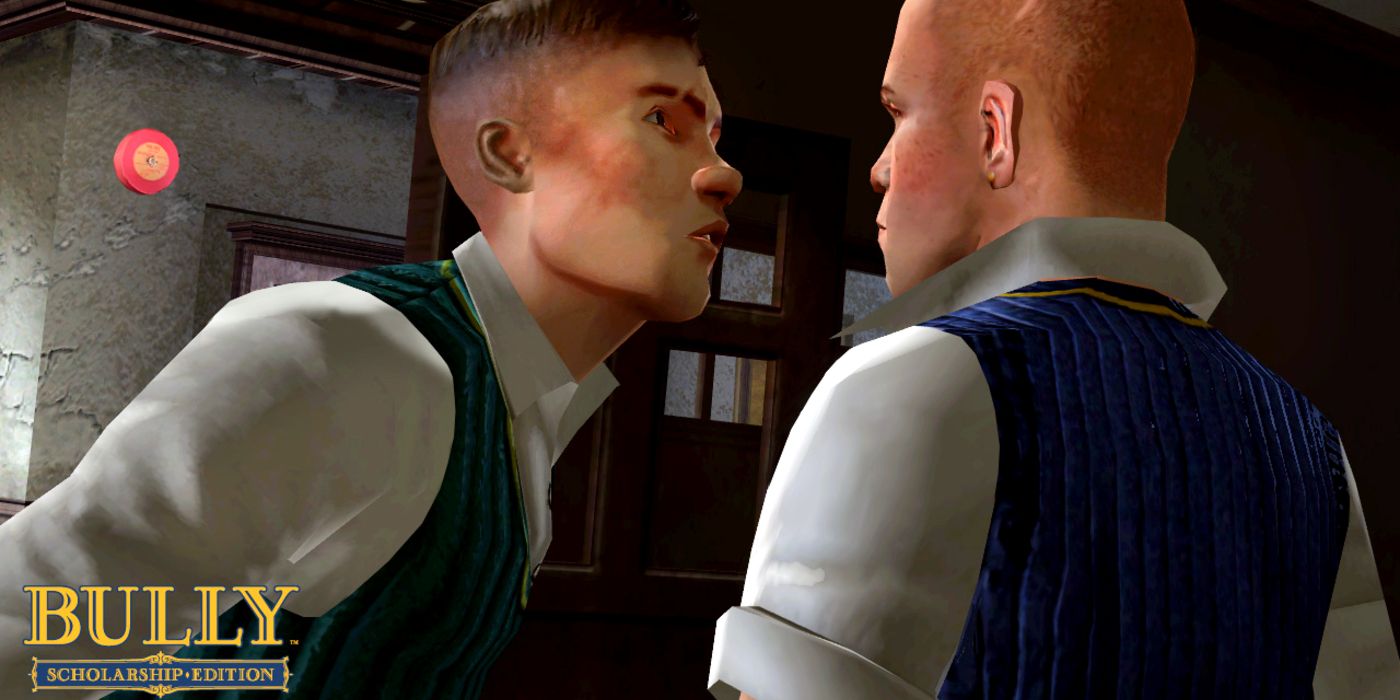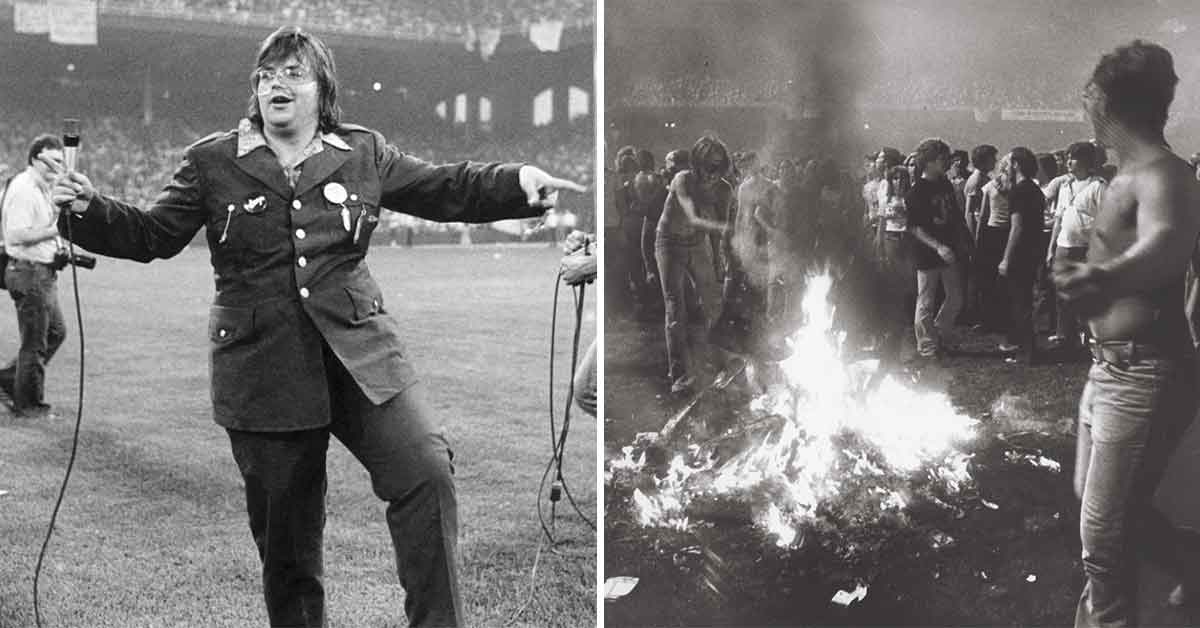Cancelled Canon: How Rockstar’s 'Bully' Became Public Enemy #1
Back in the old days of video game controversy, there was Jack Thompson, a lawyer who wanted to eradicate video games off the face of the planet....
Published 4 years ago in Facepalm
1
Bully was a game that drew immediate controversy upon its release, though not entirely because of the game itself. At the time, several games were drawing national outcry due to their violent content. Many, such as lawyer Jack Thompson, believed games turned kids into violent monsters. School violence especially was blamed on games.
2
Rockstar Games was always a subject of controversy, due in part to their Grand Theft Auto series. Around the time Bully came out, GTA: San Andres came out, and with it came the controversial Hot Coffee mod. The Mod sparked renewed concern from politicians and parents over inappropriate content in video games.
3
Bully was a game centered on essentially going to school. You would learn skills in class, interact with your friends, and possibly misbehave, though not without the lingering threat of suffering penalties for bad behavior. The game has a T Rating. However, if you believed Jack Thompson, the game was a “Columbine Simulator.”
4
Thompson fought hard to get this game banned, to the point where he brought Rockstar and Take-Two to court over the game. This, coupled with the legal trouble Rockstar found themselves in under GTA: San Andres, helped turn Bully into a hot-button issue early on – but was all this completely overblown? Yes. The answer is yes.
5
Thompson filed a lawsuit with the 11th Judicial Circuit Court. The suit was intended to keep the game from being stocked in stores in the state of Florida. This was prior to the ESRB giving the game a T Rating. He declared the game a threat to public society...and no one had ever played the game itself.
6
In addition, Thompson wanted to get Rockstar and Wal-Mart to send him a copy of the game so a third party could play it, searching for any potentially dangerous or subversive content. His goal was to find something objectionable enough to ban the game in the state of Florida. Once he got it banned in Florida, he could push further, in theory. At this point, Jack Thompson had not yet played any of the game.
8
Keith Vaz, Britain’s Labor MP, argued the game should be banned. Under his influence, many retailers refused to sell copies of Bully – though many stores did sell copies of Bully despite the move to ban the whole game. Even attempts to reclassify the game as a Rated 18 game were denied, and the game was released Rated 15.
9
Brazil was more successful in its ban. Between 2008 and 2016, selling Bully was an actual crime. The game was banned. Selling it would result in a fine. Possessing it would result in a fine. It is unknown if Brazillian authorities even played the game at all or if they just banned Bully due to its growing reputation, thanks in part to Thompson and Vaz.
10
Thompson’s suit, however, failed. Third parties who tested the game found it to be a charming game. The judge ruled that the game featured nothing worse than what could be shown on television – and, for that matter, not even cable television. For reference, back in 2006, basic TV even censored foul language. Thompson responded by basically shouting at the judge.
11
However, Thompson ultimately ended up having one last card to play before the game’s release. That card? Boys kissing. In the game, the main character, Jimmy Hopkins, can kiss a boy. At this point in time, homosexuality or hints of homosexuality were incredibly taboo. While obviously in some parts of the country it’s still taboo, it was a kiss of death for media to feature it in games marketed towards teens or younger.
13
In hindsight, the whole controversy surrounding Bully is absurd. The game never featured content that merited all this anger from multiple countries. On top of that, the fact all this censorship occurred (save for Brazil) prior to the game’s actual release proved the fight was never really about Bully at all. Rather, it was about what people feared Bully represented. People like Thompson feared Bully would encourage kids to act unruly.

